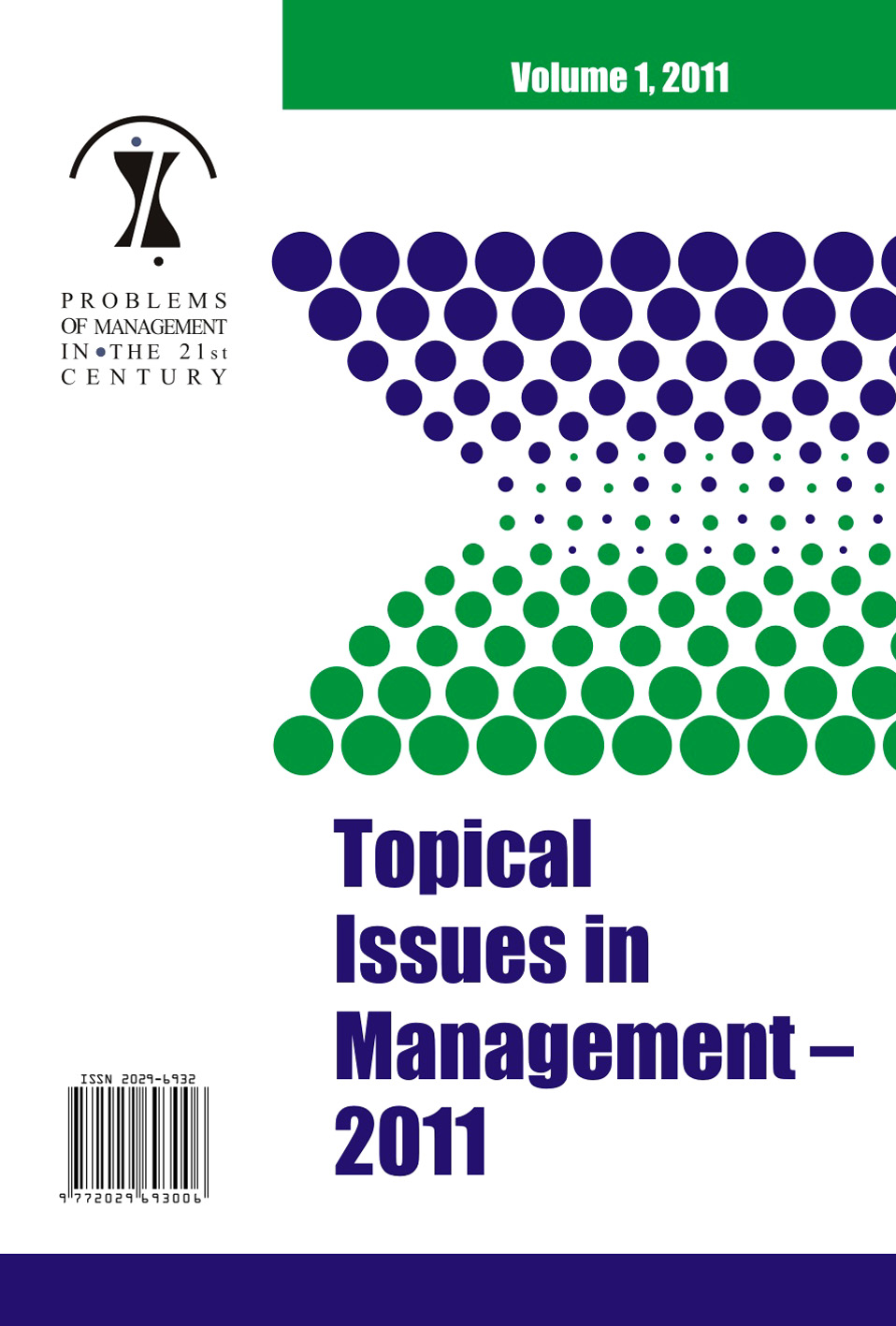MATRIX-BASED PROJECT PLANNING METHODS
MATRIX-BASED PROJECT PLANNING METHODS
Author(s): Zsolt Tibor Kosztyán, Judit KissSubject(s): Economy, Business Economy / Management, Financial Markets
Published by: Scientia Socialis, UAB
Keywords: matrix-based project planning method; Project Expert Graph; Project Expert Matrix; Stochastic Network Planning Method;
Summary/Abstract: Network planning methods for project planning and scheduling have been applied for more than fifty years including CPM, PDM, PERT and GERT (Fondahl, 1961; Fulkerson, 1962; Kelley & Walker, 1959; PMI, 2006; Pritsker, 1966), which can be widely applied to project planning fromareas as diverse as construction and R&D. However, these network planning methods are not very appropriate in cases where IT, innovation or product development are involved. There are some shortcomings when using network planning methods for scheduling these kinds of projects, because these methods cannot handle the importance of the task realizations. They cannot solve the problem, when some tasks have to be left out from the project because of the constraints, or when the completion order of tasks can be different. In this paper new matrix-based project planning methods are introduced which illustrate how all possible solutions can be determined in two steps based on the Project Expert Matrix. Firstly those tasks are selected, which have to be or can be realized during the project. Afterwards the dependencies (the sequence of the chosen tasks) are determined taking the project constraints into account. The possible solutions can be ranked and the most probable solution can be chosen which can be realized within the given constraints. This method can be a useful tool for project managers as a part of an expert system.
Journal: Problems of Management in the 21st Century
- Issue Year: 1/2011
- Issue No: 1
- Page Range: 67-85
- Page Count: 19
- Language: English

